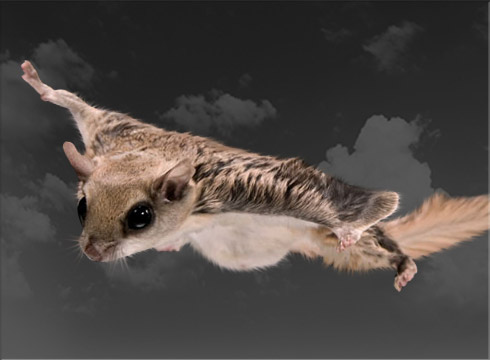
About The Pest
While called flying squirrels, these tiny mammals actually glide and not fly. A unique membrane that runs between their front and back legs enables the squirrel to glide mid-jump until they reach their destination. The gliding allows the squirrel to travel without having to touch ground where predators lurk. Flying squirrels are nocturnal and remain active throughout the year; their activity does slow down some during the winter but they never hibernate. Flying squirrels are very sociable and co-habitate in groups. Flying squirrels prefer to live within in deciduous forests that provide nut-bearing tree varieties. Flying squirrels become a nuisance wildlife problem when they nest in attics and wall voids of residential and commercial structures. They’re able to enter an attic through very small holes and cracks that often go unnoticed by homeowners. The northern flying squirrel will mate once per year. Baby flying squirrels begin to care for themselves within their first 8 weeks of life.
Seasonality
Northern Flying Squirrels peak around September as they begin looking for a winter home, typically in an attic space. During January and February, they tend to become a nuisance as they create a lot of noise taking up mating in attics. Their young are born in March and April, and squirrels will try and raise them in the attic space throughout the summer.
